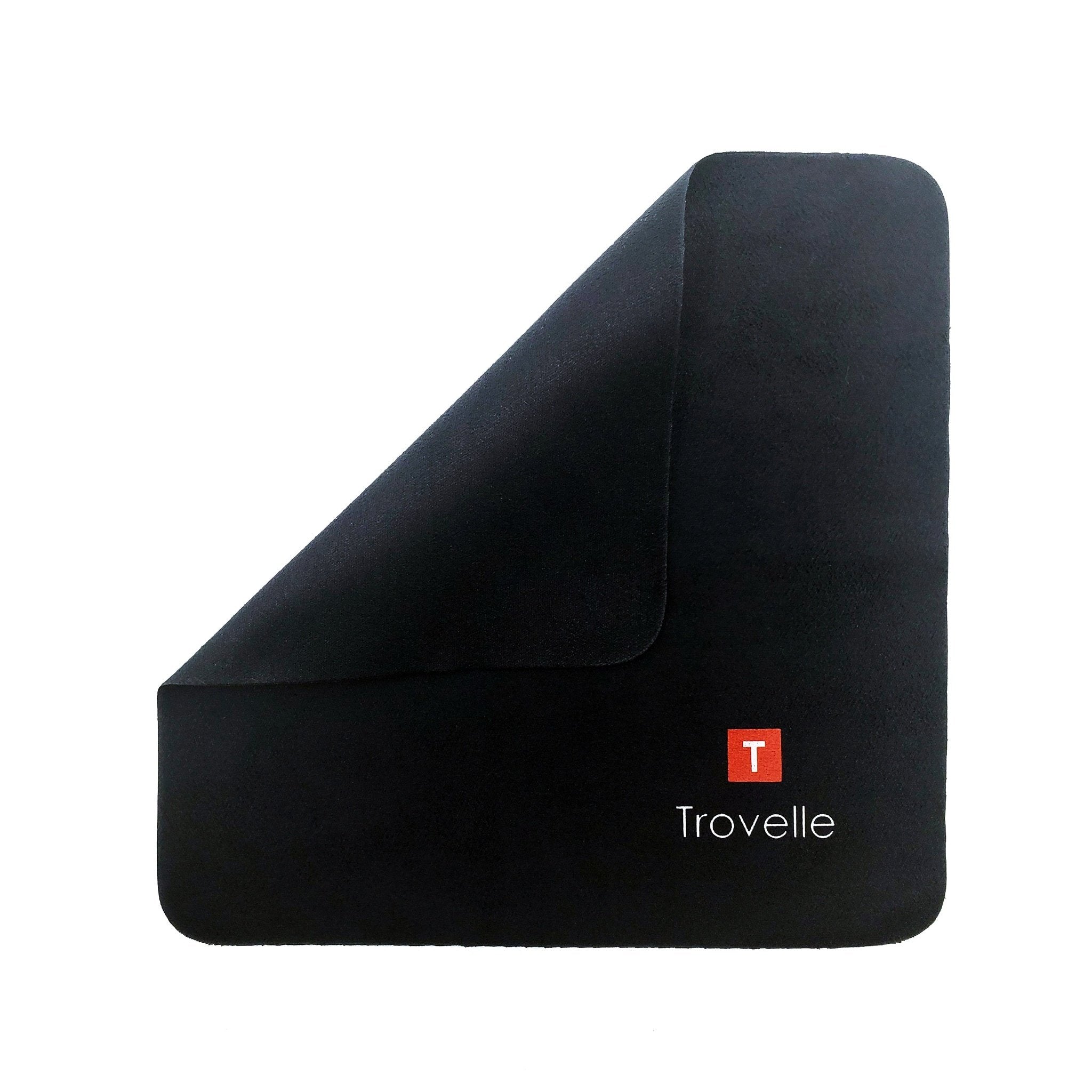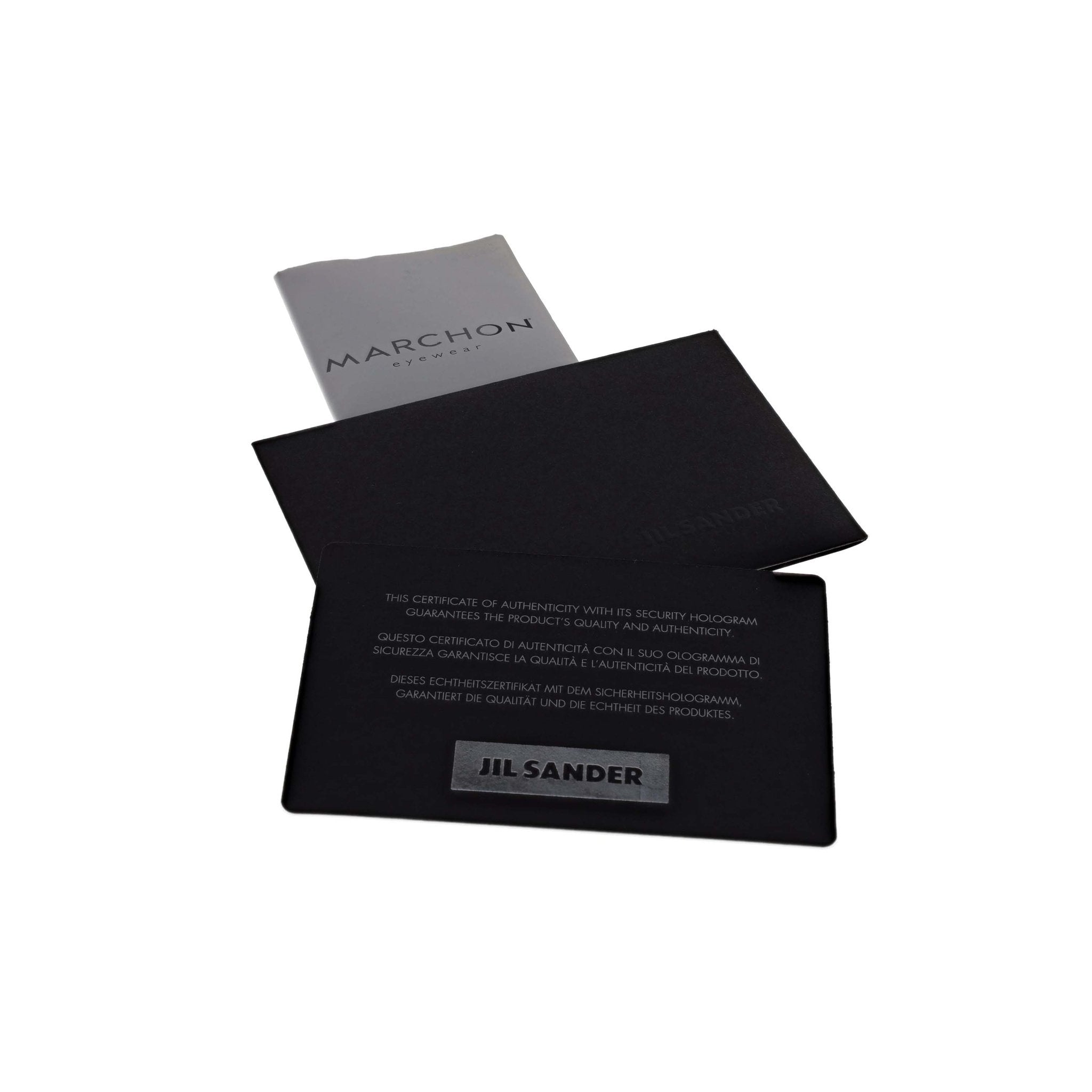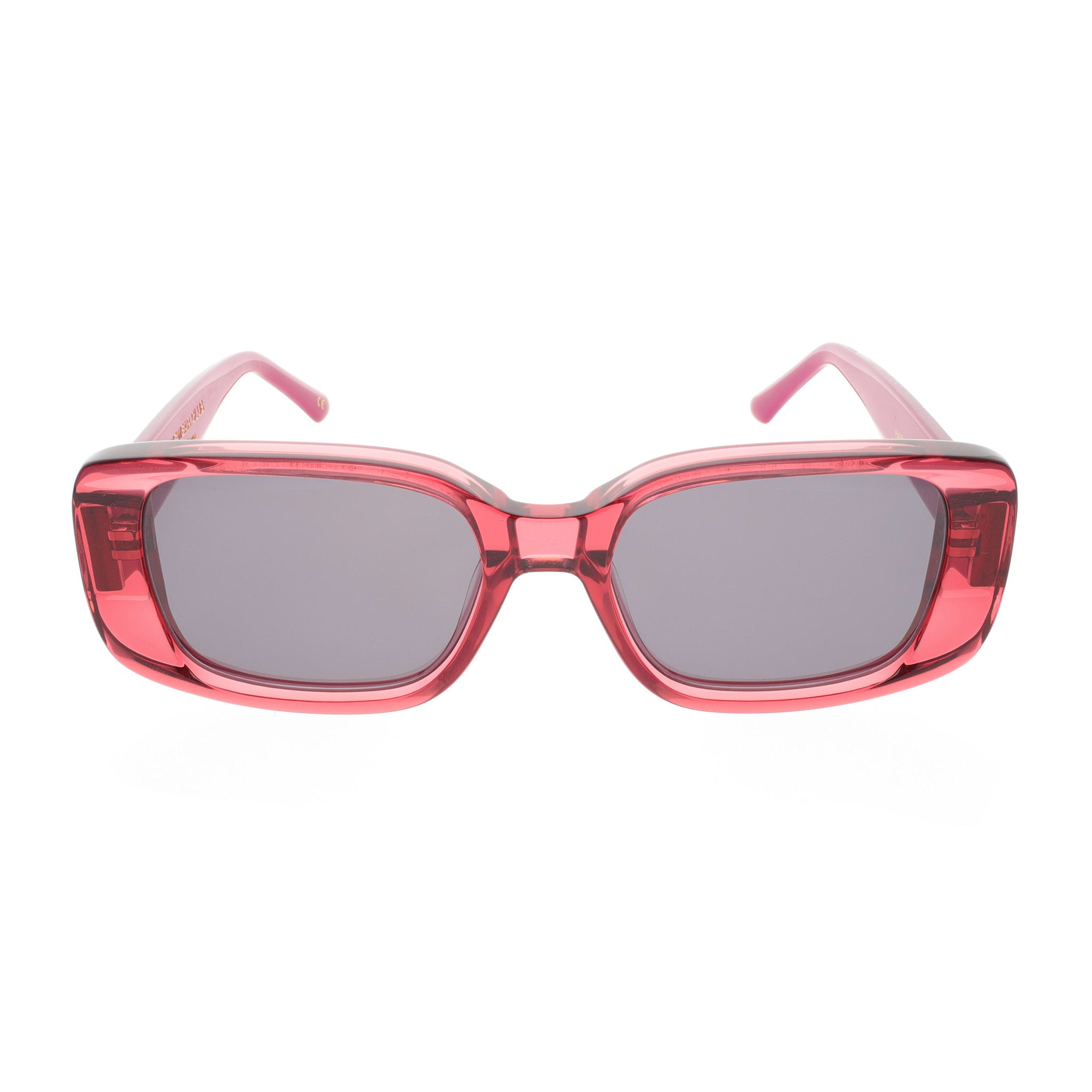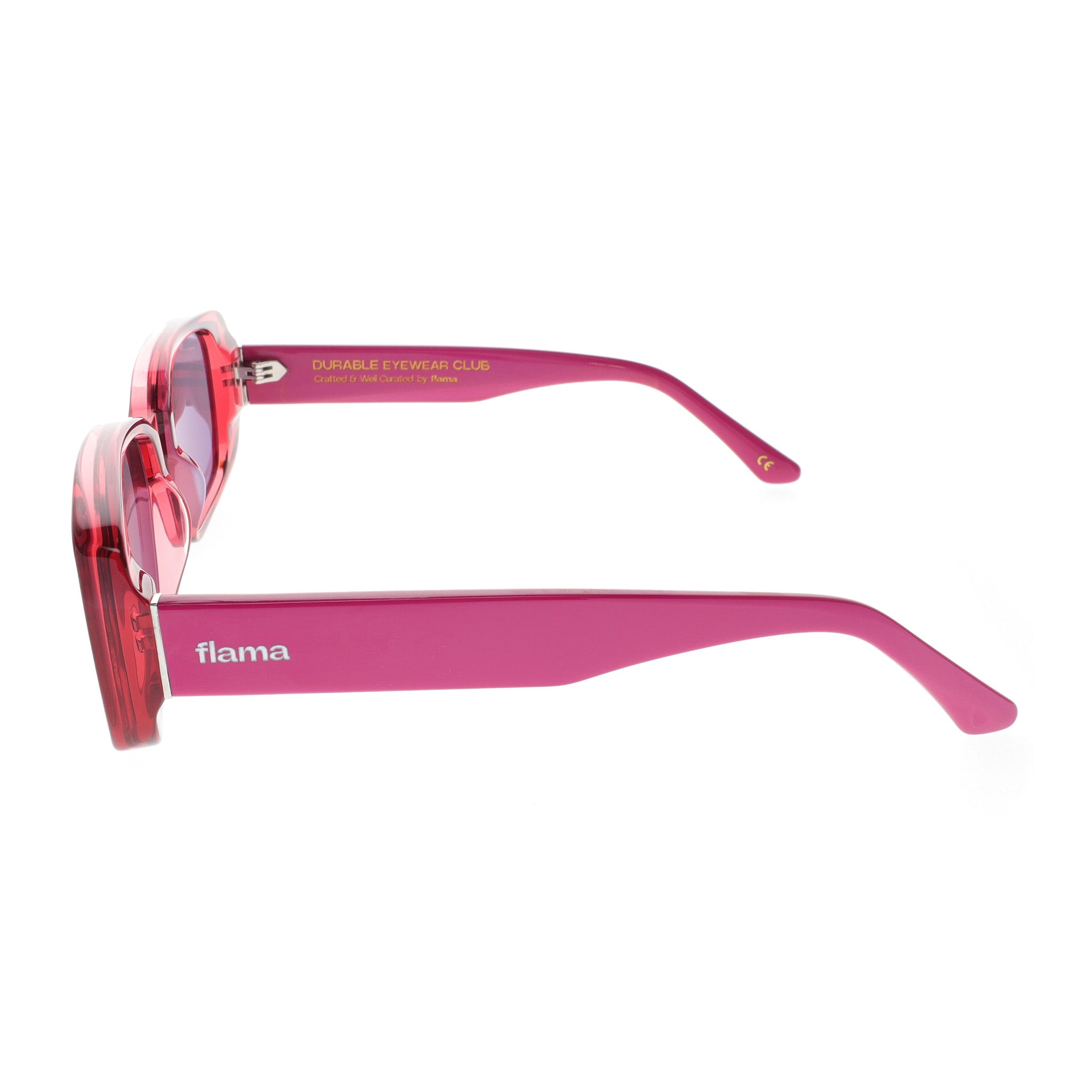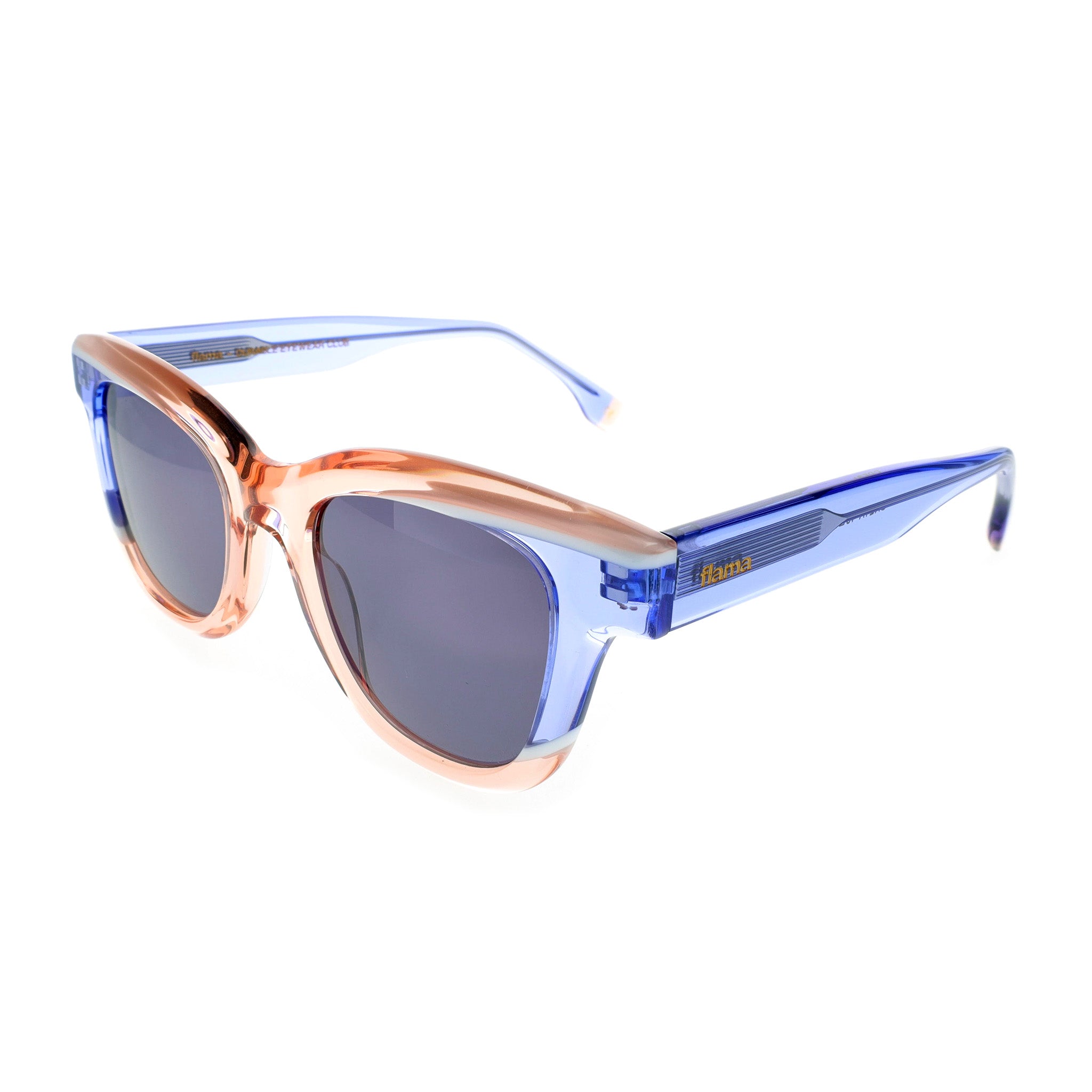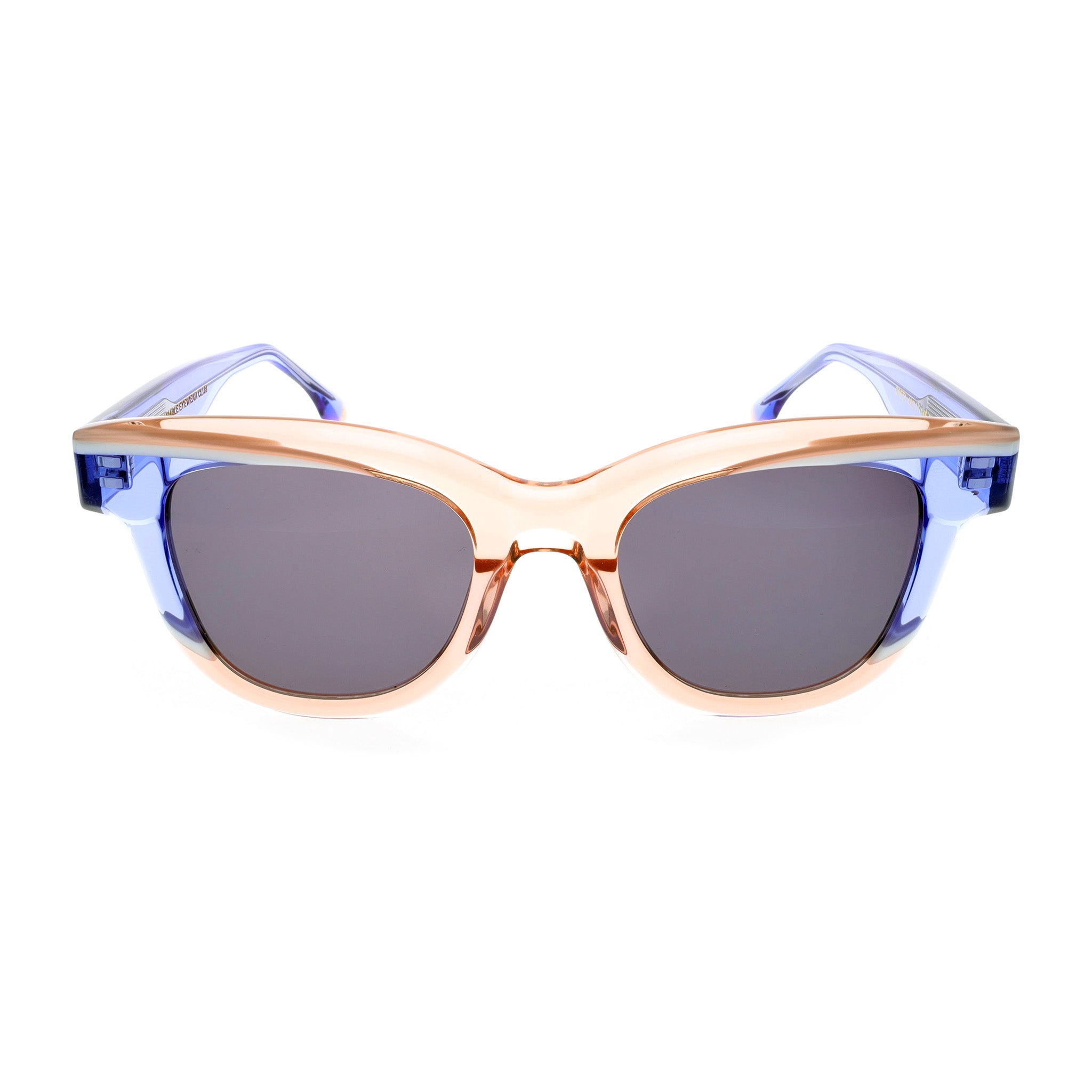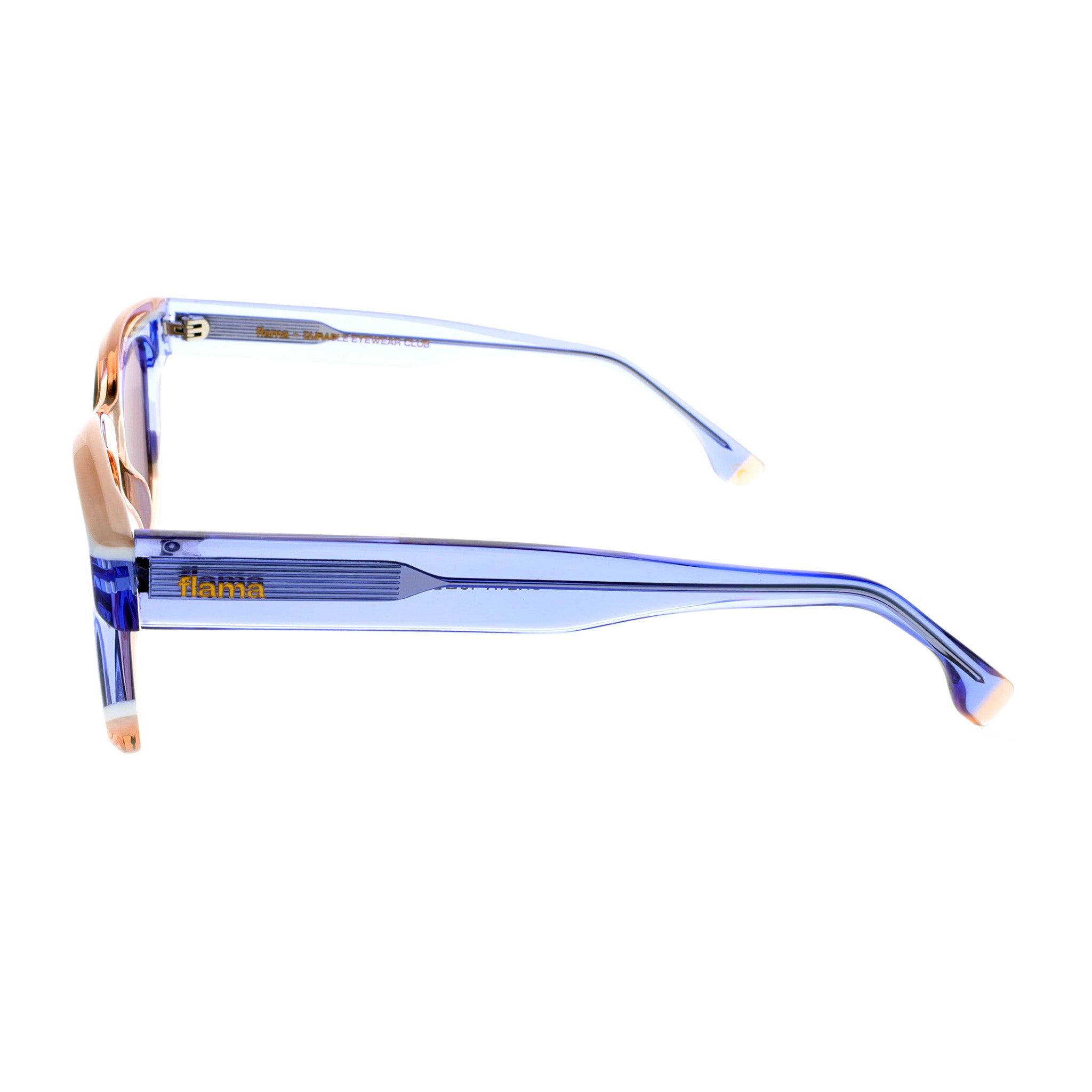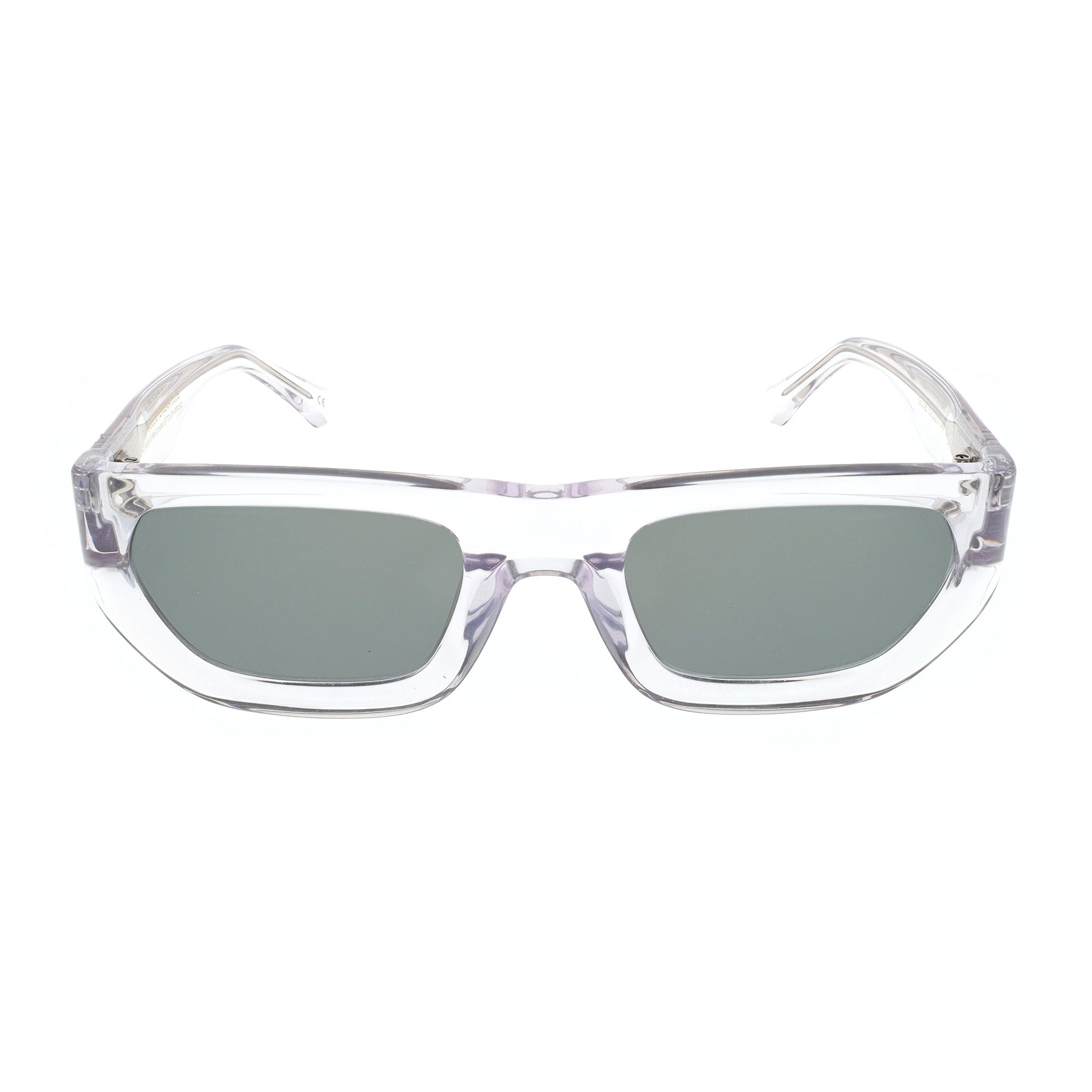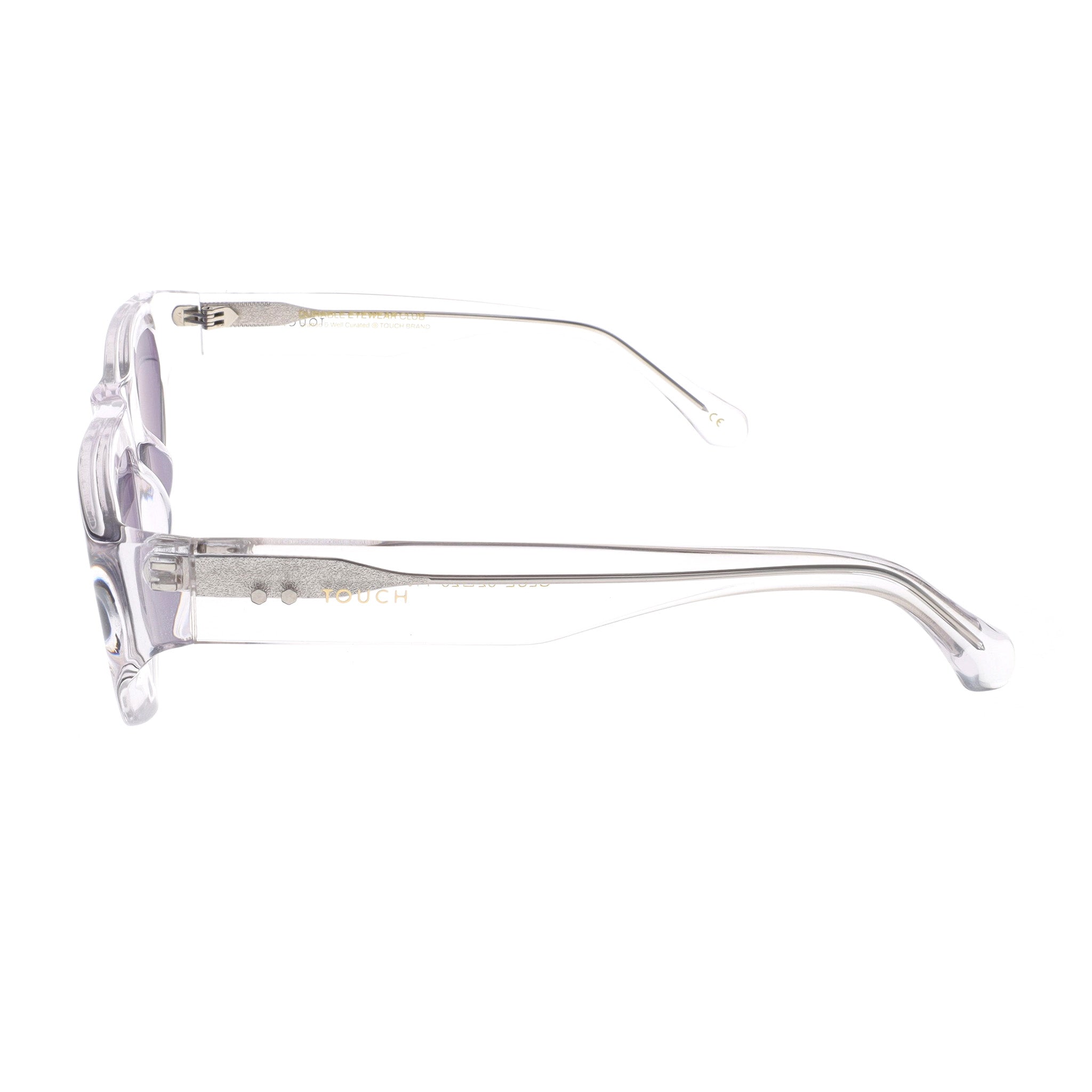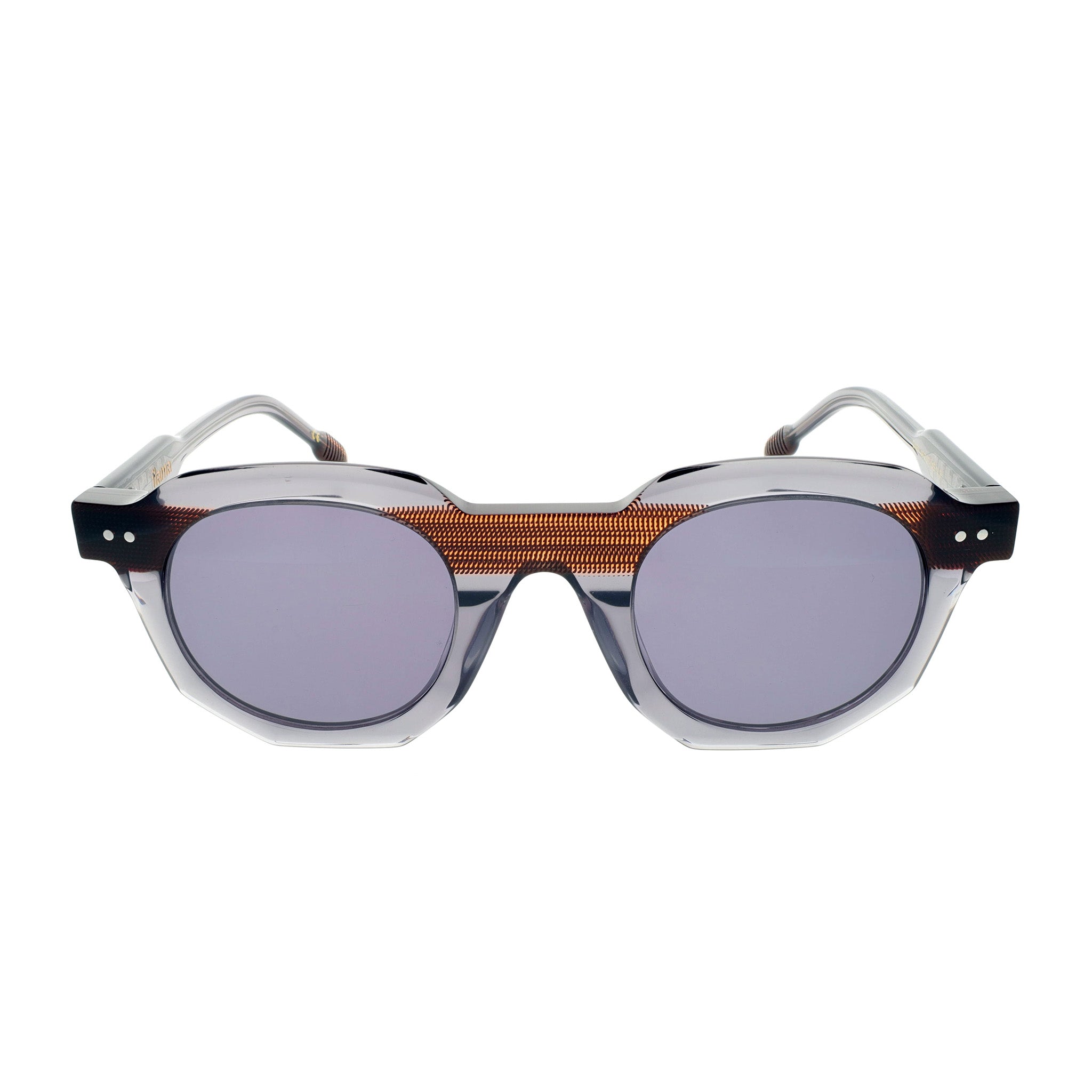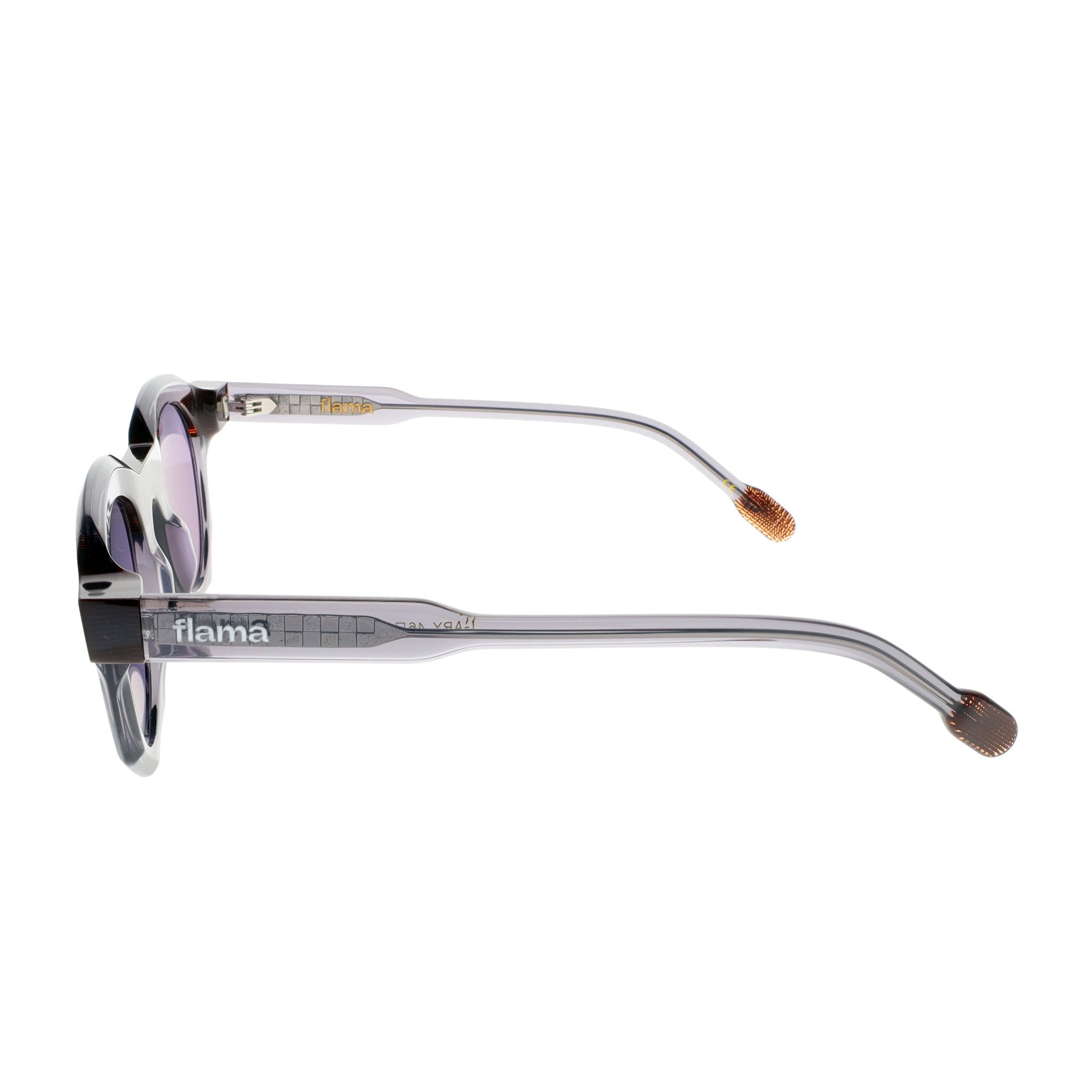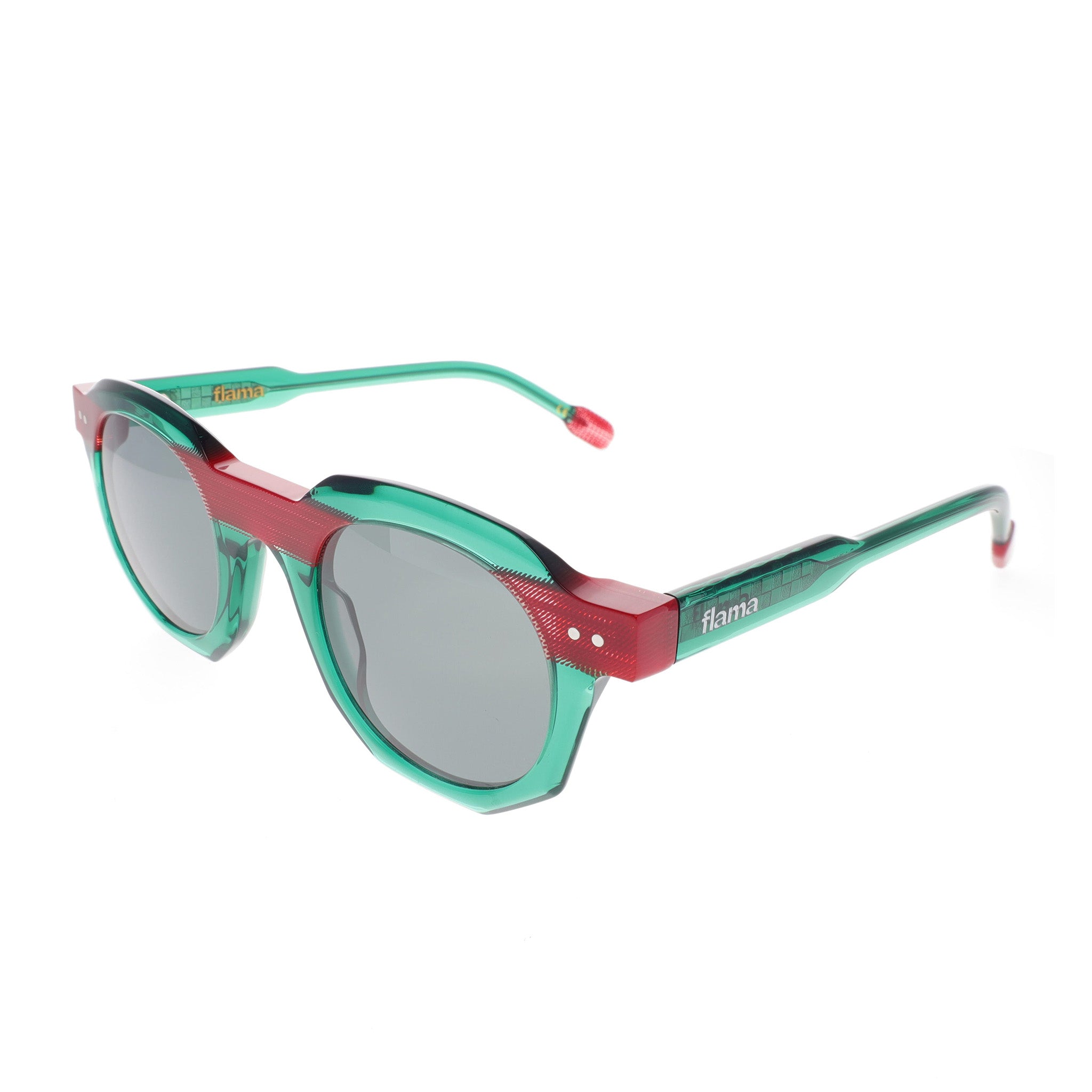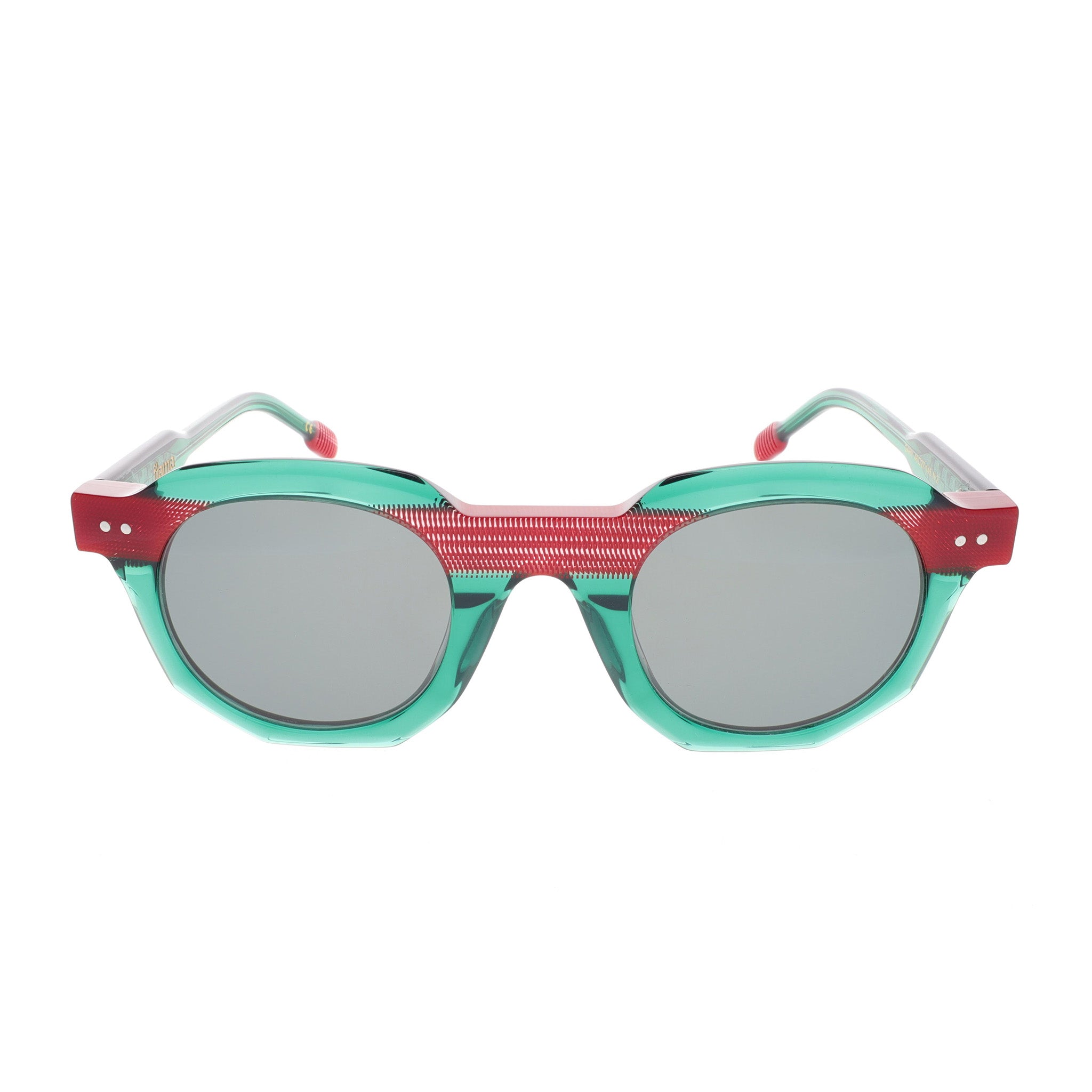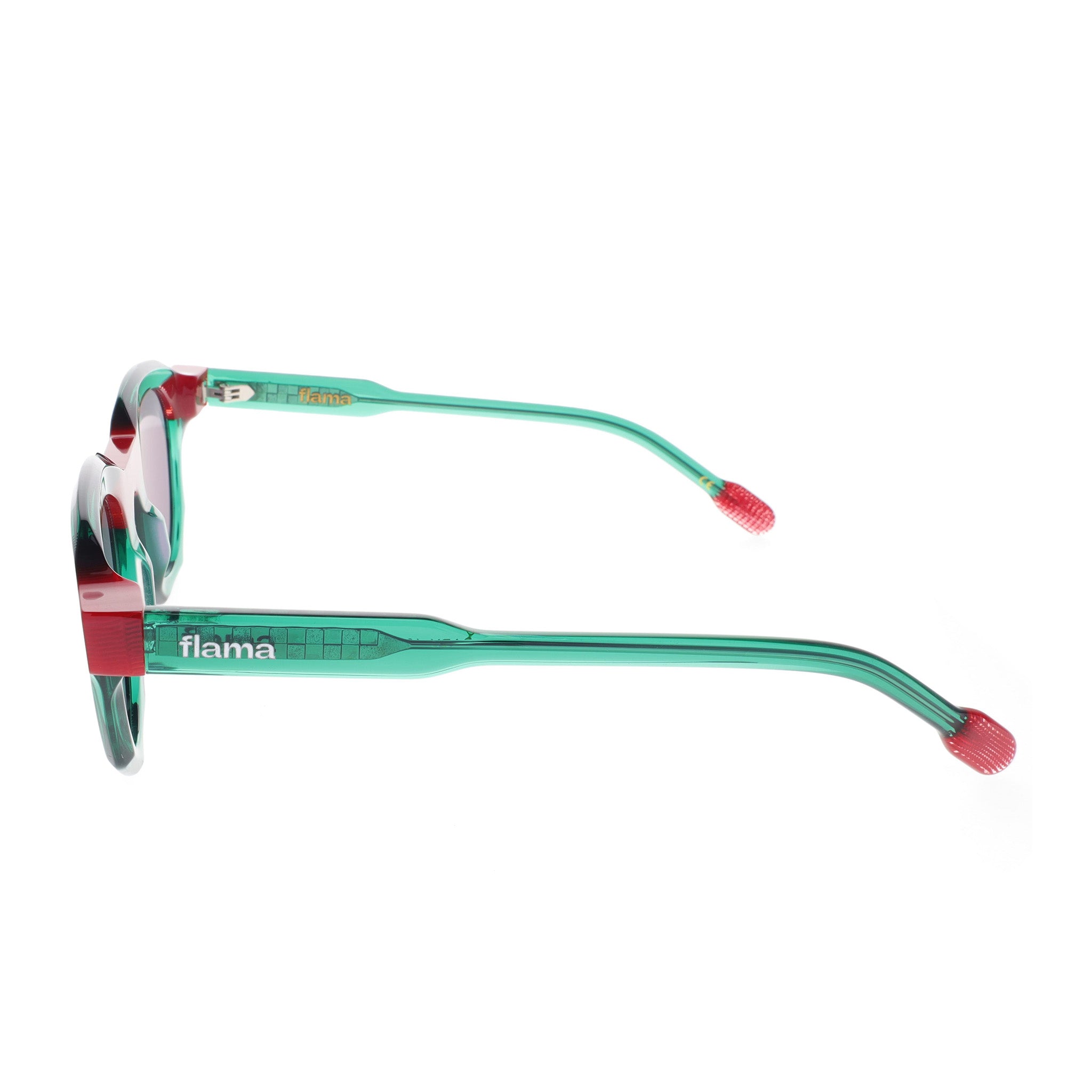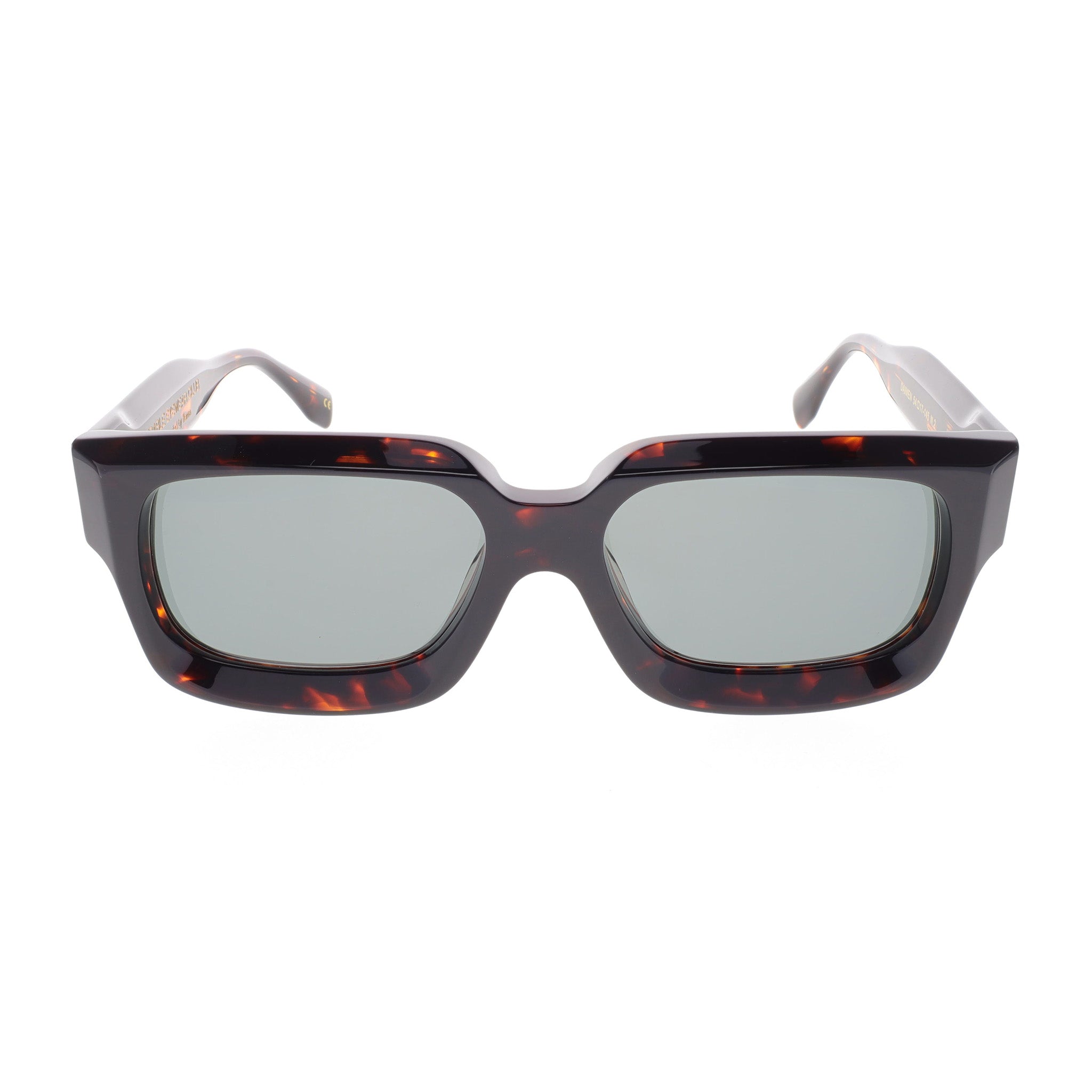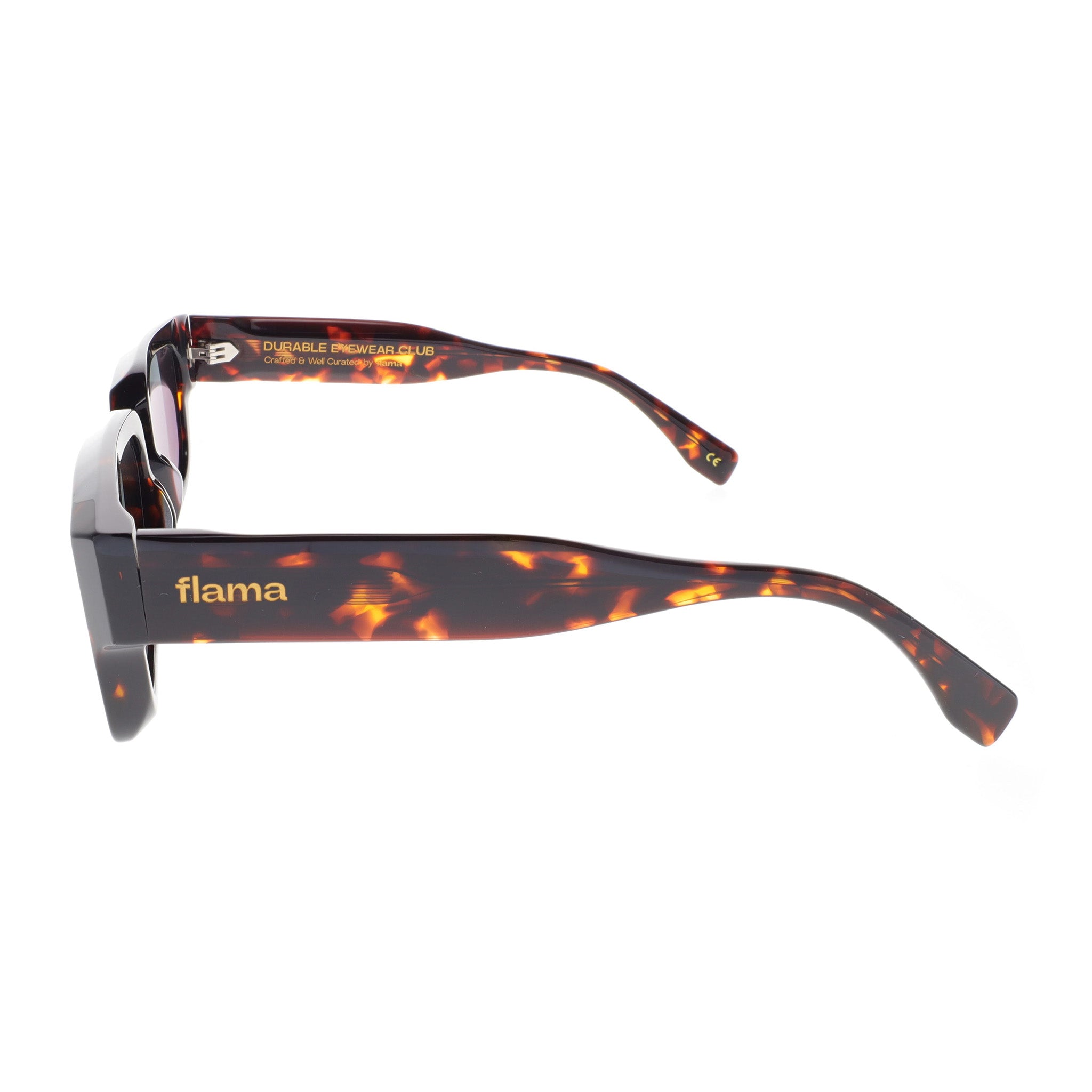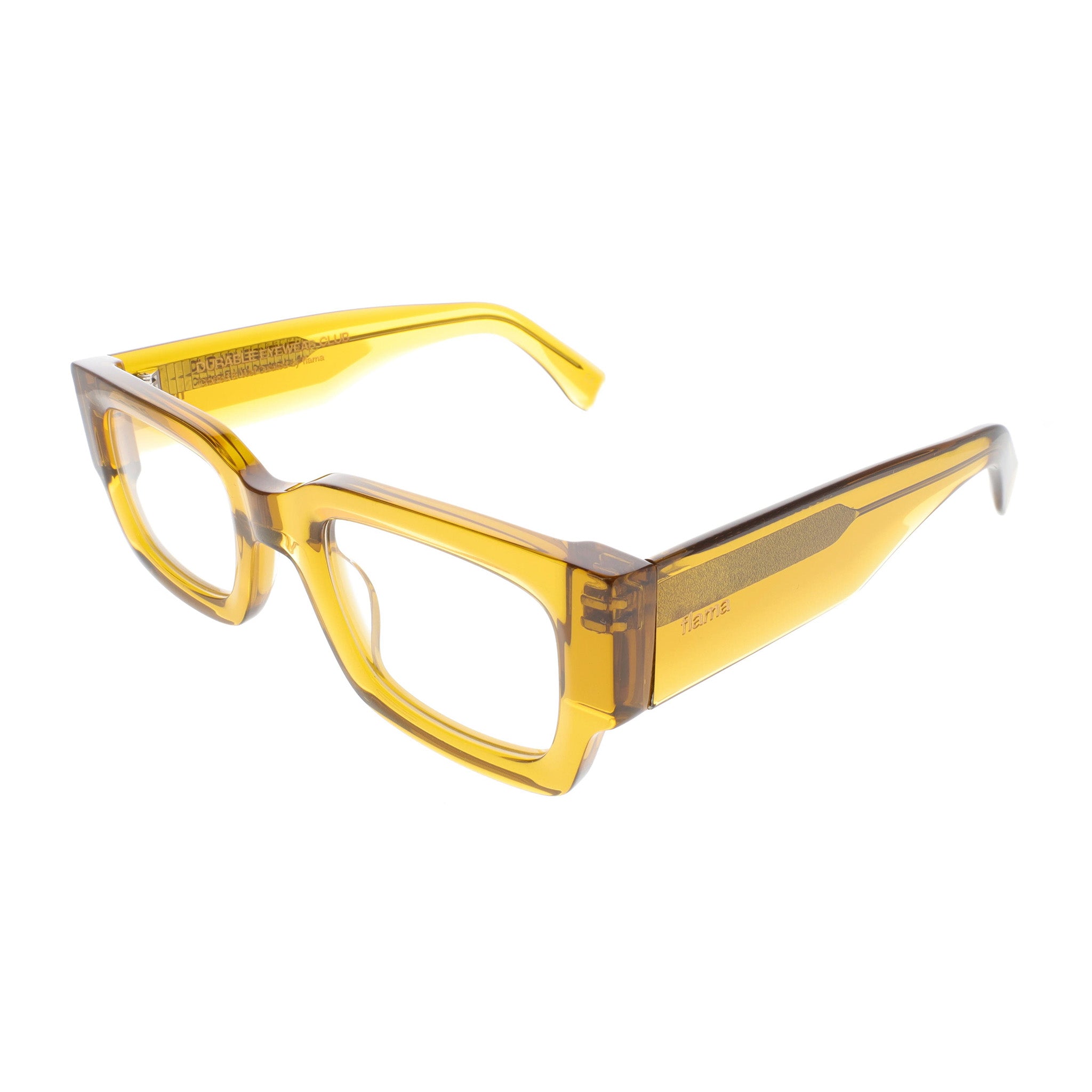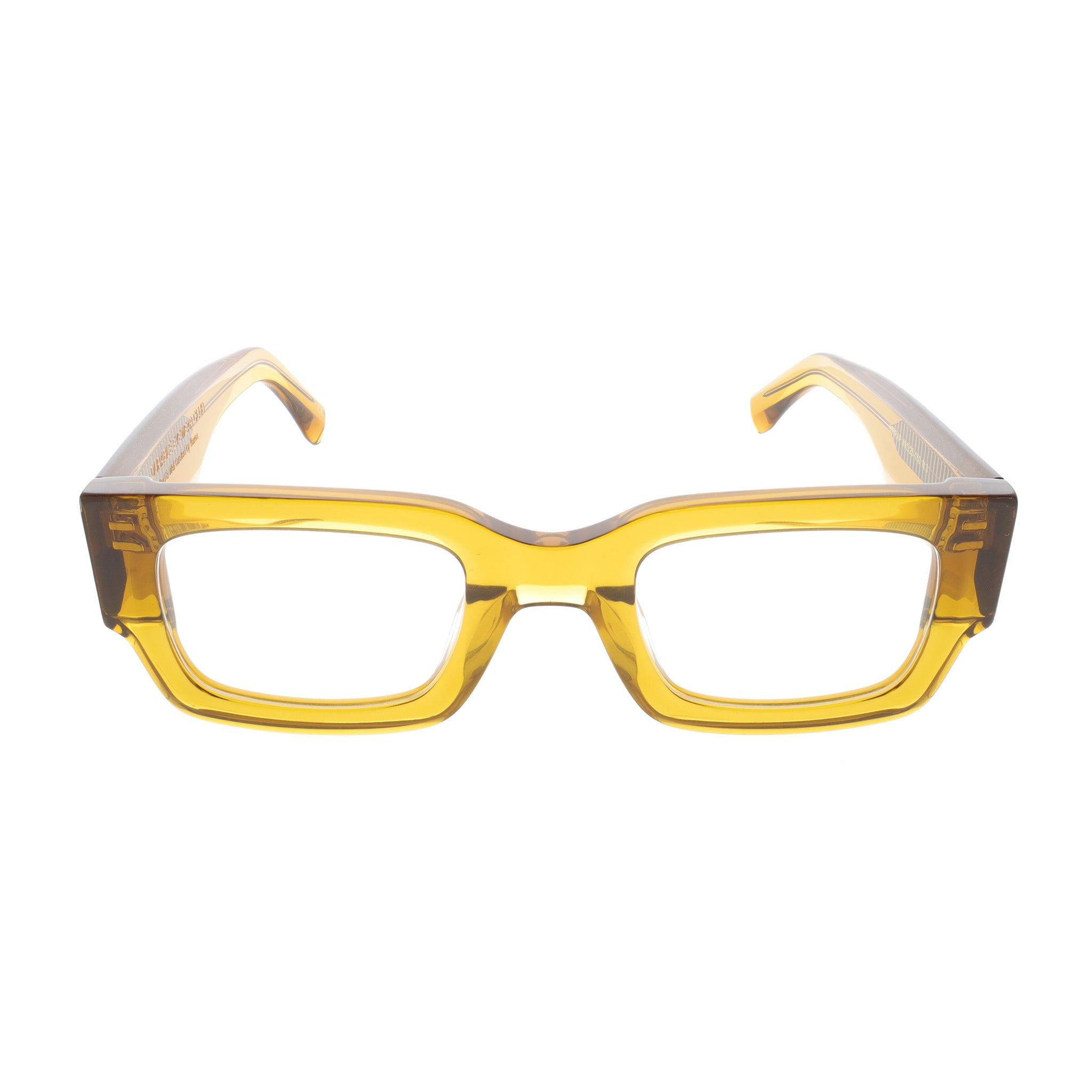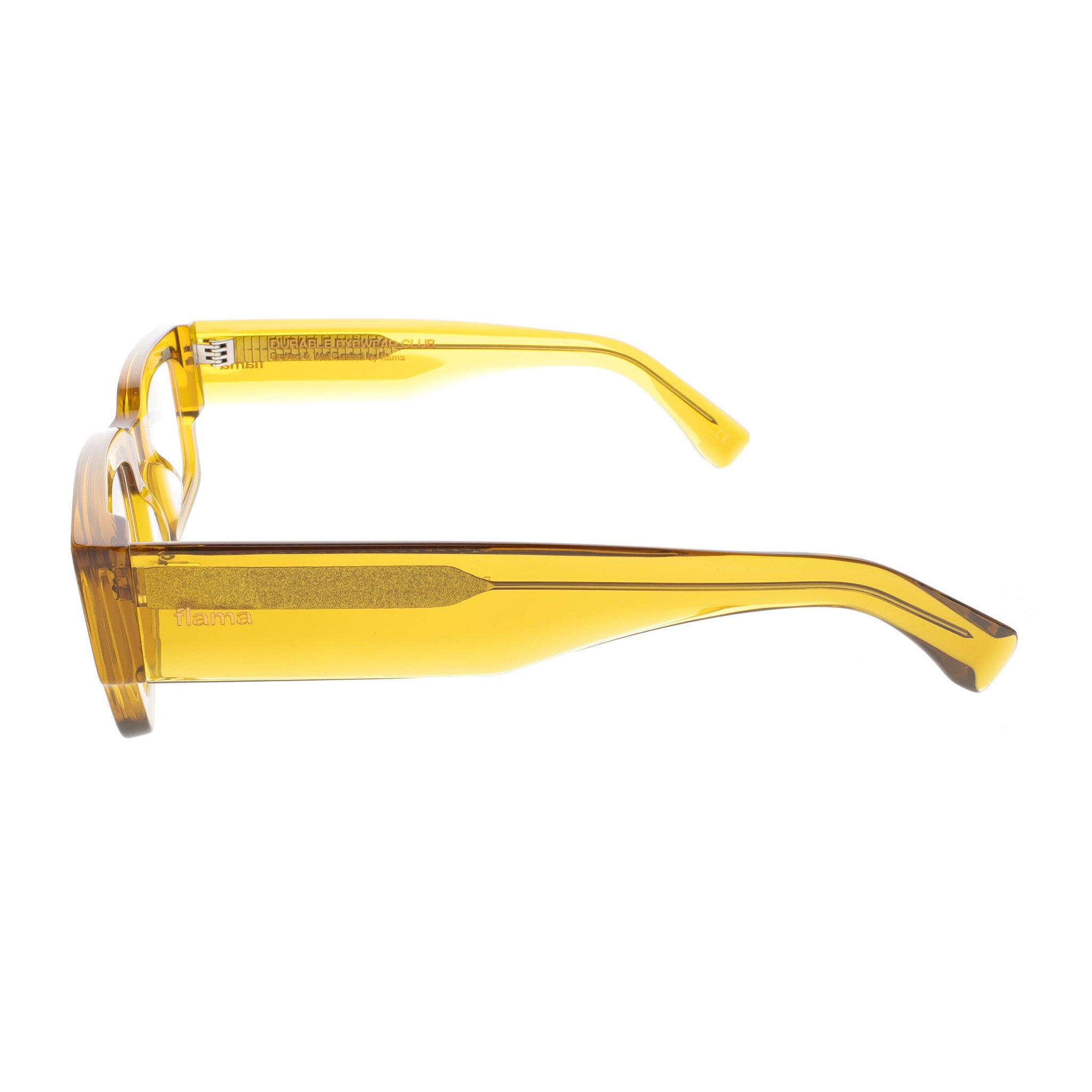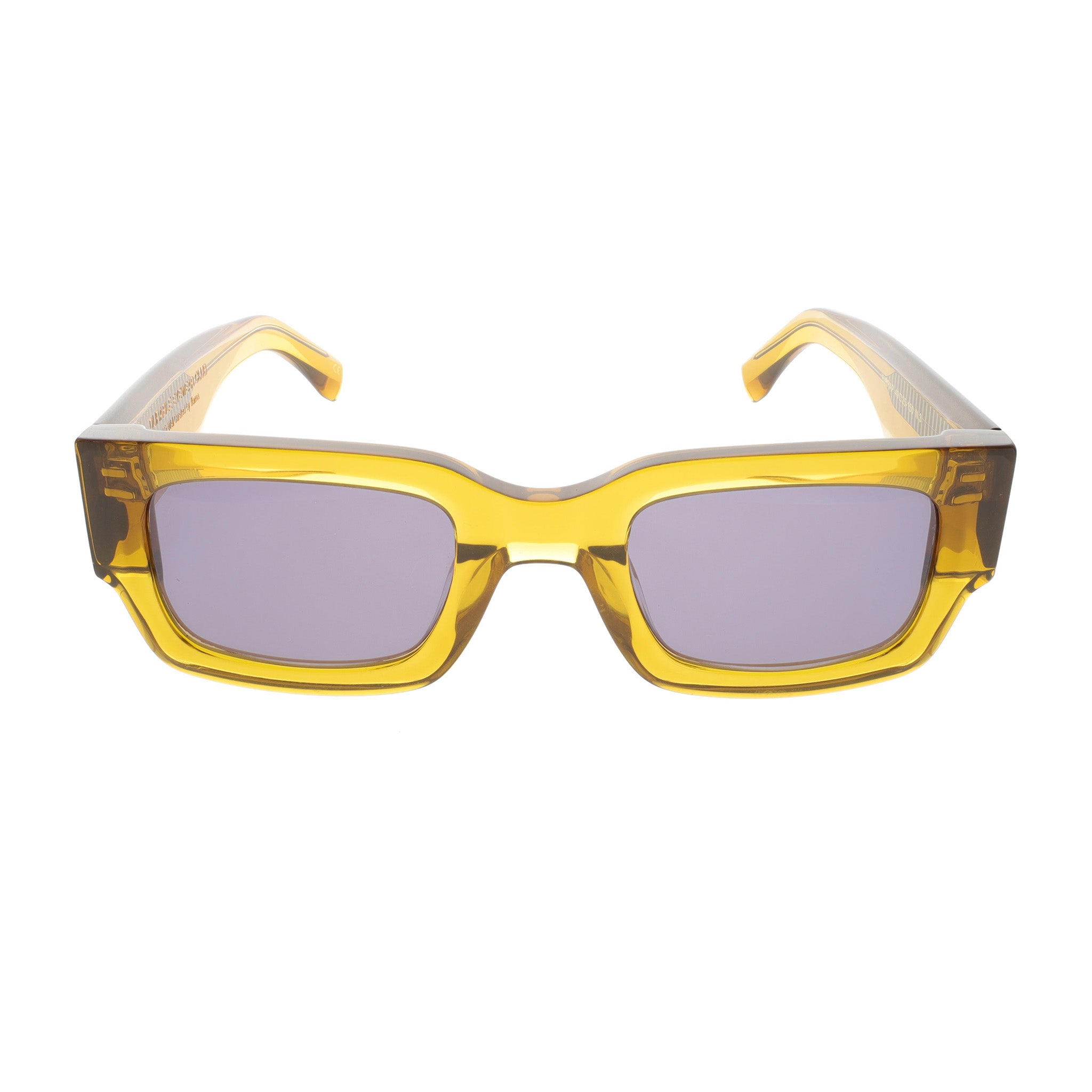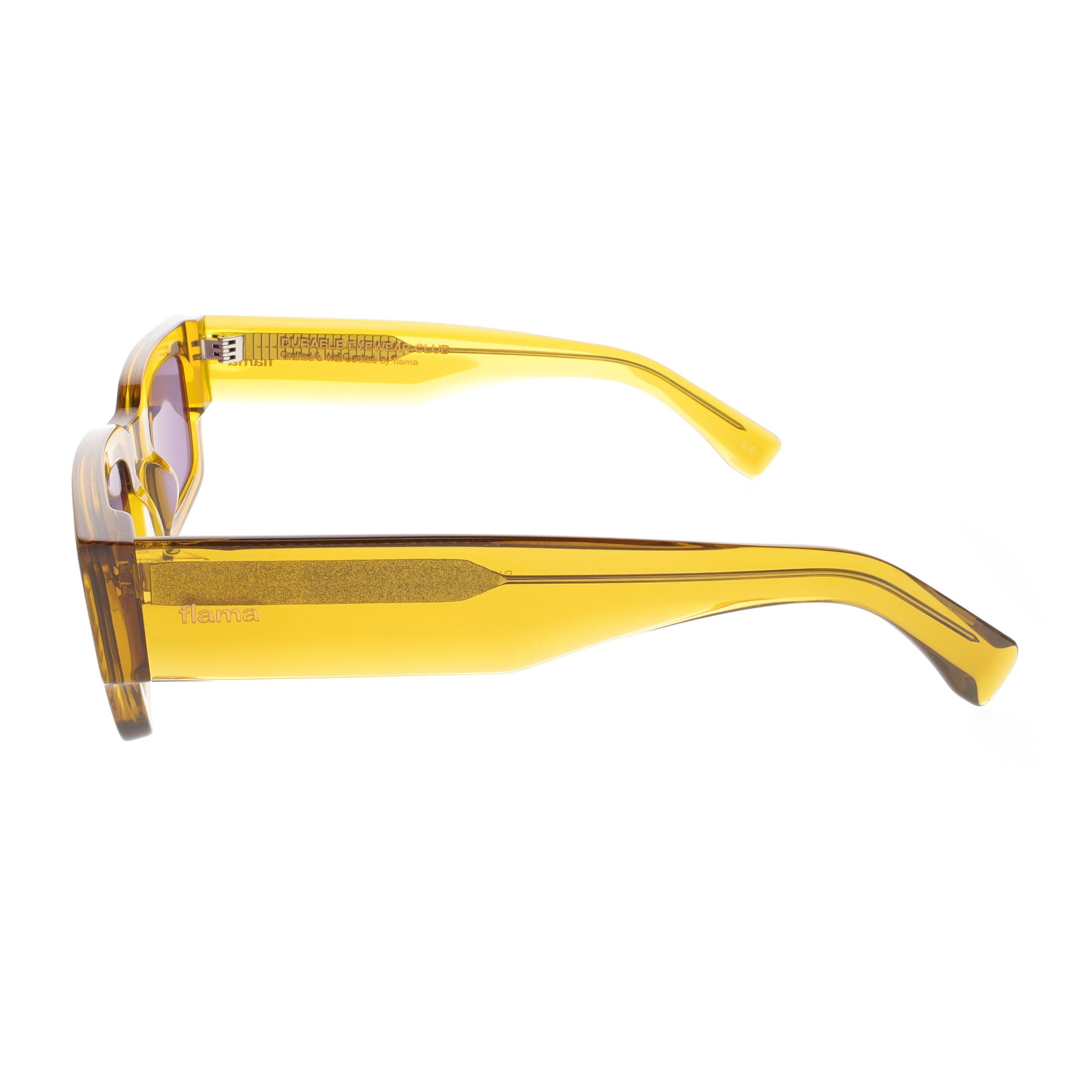Many people are surprised to learn that sunglasses are regulated by government agencies to ensure that they meet certain standards for quality and safety. In the United States, sunglasses are regulated by the Food and Drug Administration (FDA), which sets standards for the performance and labeling of sunglasses and other eyewear.
Ensuring Safety and Protection
The FDA requires that sunglasses meet certain requirements for lens transmittance, UV protection, and impact resistance. Lens transmittance refers to the amount of light that is allowed to pass through the lens, and the FDA sets limits on this to ensure that sunglasses do not interfere with vision. UV protection refers to the ability of the sunglasses to block harmful UV radiation, and the FDA requires that sunglasses block at least 99% of UVA and UVB radiation. Impact resistance refers to the ability of the sunglasses to withstand impacts without breaking or causing injury, and the FDA sets standards for this as well.
In addition to these requirements, the FDA also requires that sunglasses be labeled with information about their UV protection and lens transmittance. This helps consumers make informed decisions about the sunglasses they purchase.
The Food and Drug Administration (FDA) requires shipments of nonprescription sunglasses include the “Drop Ball Test” certificate. This certificate confirms the safety and durability of the lens for impact resistance. Consumers, manufacturers, and sellers are required to test a batch of lenses prior to shipping them. The number of lenses tested for impact resistance within each batch or lot varies depending on material and type of lens being shipped. Records of the drop ball test must be maintained for a minimum of three years from the date of shipments for the FDA upon request.
The FDA does not require a particular method for making eyeglass lenses impact resistant, however the lens must adhere to the regulations outlined in 21 CFR 801.410(d)(2) which reads “In the impact test, a 5/8-inch steel ball weighing approximately 0.56 ounce is dropped from a height of 50 inches upon the horizontal upper surface of the lens. The ball shall strike within a 5/8 inch diameter circle located at the geometric center of the lens. The ball may be guided but not restricted in its fall by being dropped through a tube extending to within approximately 4 inches of the lens. To pass the test, the lens must not fracture….”
Other countries have similar regulations for sunglasses to ensure that they meet certain standards for quality and safety.





